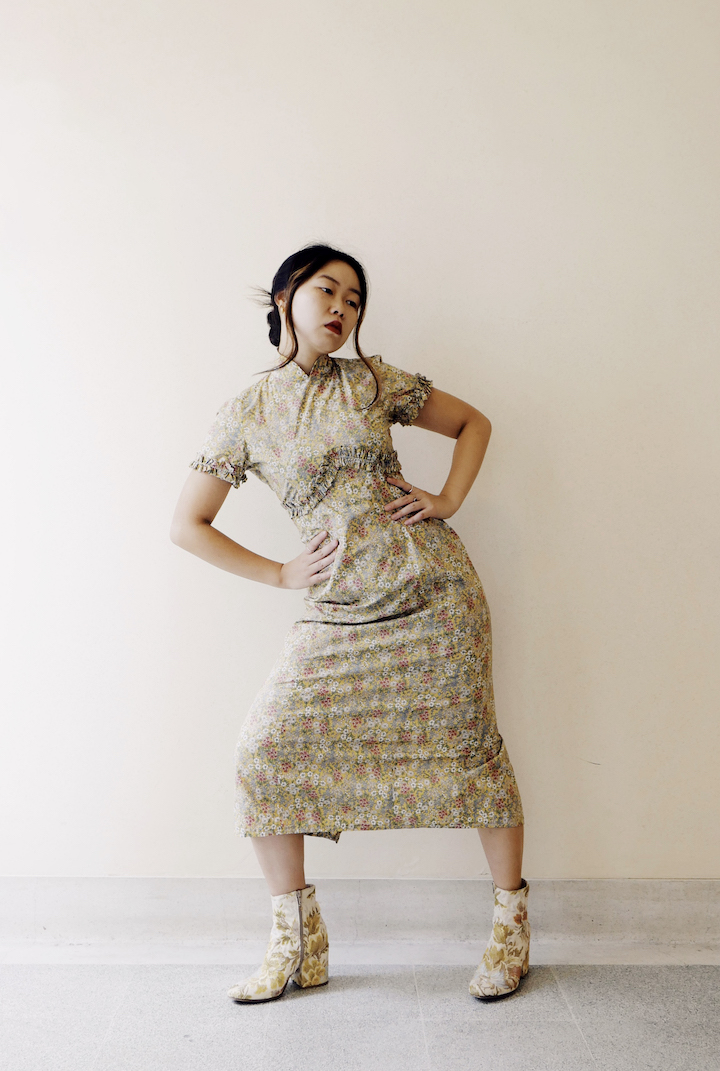AFTER BALZAC AND THE LITTLE CHINESE SEAMSTRESS
August-October 2022
[Personal Project]
Collection of 6 looks
Most days after work during summer, I would practice my pattern cutting and sewing skills (pockets, gathering and topstitch, adding lining etc.) by making clothes for myself that I could wear. With this small project, I drew from simple silhouettes that I already owned and loved in my wardrobe, and remade them with a twist; as well as using dead-stock fabrics, or budget-friendly yet unexpected materials that I bought together with my family in Sheffield.
Ironically ~ pun intended ~ until this year I never felt truly confident that the clothes that I made from scratch could stand the pressure test of the washing machine… until I watched and learned from experienced professionals honing their craft in an actual atelier or studios, and realized I should apply those techniques in my own work to keep that kind of standard!
The title of the project is based on a short novel I read in high school in a genre called “伤痕文学” or “scar literature”, about life during the Cultural Revolution. There’s a documentary called “Invisible Seams” that also talks about the perception of Asian women in the garment industry in a very nuanced way, and the history and pride within acquiring those technical skills that’s often overlooked because something has a Made in China label attached to it.
I first learned how to make clothes when I was 16 on the floor of our apartment with my grandma, a seamstress in Hong Kong, and it’s important for me to be proud of where I came from (and get things done properly)!
[archive photos: 1960s Hong Kong, Harrison Forman, UWM Libraries]



